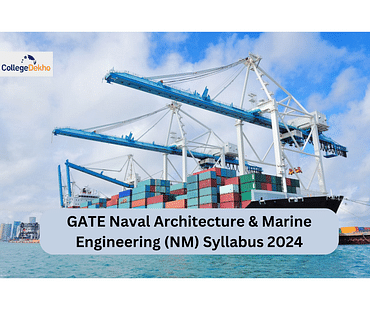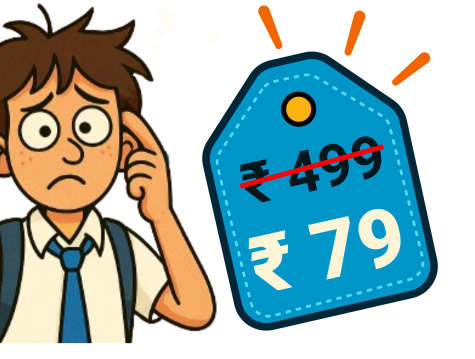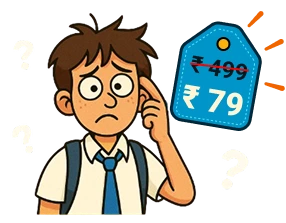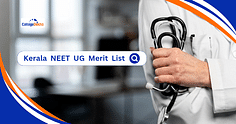- GATE 2024 Syllabus of Naval Architecture & Marine Engineering - …
- Section Wise Division of GATE 2024 Naval Architecture & Marine …
- Engineering Mathematics Syllabus for Naval Architecture & Marine Engineering
- Applied Mechanics and Structures Syllabus of Naval Architecture & Marine …
- Fluid Mechanics and Marine Hydrodynamics Section Syllabus
- Syllabus of Naval Architecture and Ocean Engineering
- Thermodynamics and Marine Engineering Section Syllabus
- GATE Naval Architecture & Marine Engineering Best Books
- GATE Naval Architecture & Marine Engineering 2024 Topic Wise Weightage
- GATE Previous Year Question Paper of Naval Architecture & Marine …

GATE Naval Architecture & Marine Engineering (NM) Syllabus 2024: The global shipbuilding sector is expanding, and with it comes a growing need for skilled engineers to design the upcoming generation of ships and their components and implement cutting-edge concepts. Engineers with extensive technical understanding of every aspect of ship design, operation, and maintenance are needed by governments and industry organisations.
GATE 2024 examination will be conducted by the prestigious Indian Institute of Science, Bangalore on February 3, 4, 10 and 11, 2024 respectively. Candidates who are aspiring to take Naval Architecture & Marine Engineering as their career must successfully clear the GATE exam and GATE 2024 Naval Architecture & Marine Engineering syllabus plays a crucial role in assisting candidates to do that. GATE 2024 syllabus of Naval Architecture & Marine Engineering was released by IISc, Bangalore on its official website. Therefore a complete understanding of the GATE Naval Architecture & Marine Engineering syllabus 2024 assists applicants to improve their level of preparedness and also decipher the most important topics from the preview of the GATE 2024 exam. Candidates can check this article to have a detailed understanding of the Naval Architecture & Marine Engineering syllabus of GATE 2024 along with the major topics for every section and also the Naval Architecture & Marine Engineering books and topic wise weightage here.
GATE 2024 Syllabus of Naval Architecture & Marine Engineering - PDF Download
Particulars | Details |
|---|---|
GATE Naval Architecture & Marine Engineering (NM) Syllabus 2024 PDF Download |
Section Wise Division of GATE 2024 Naval Architecture & Marine Engineering Syllabus
Candidates preparing for the GATE 2024 Naval Architecture & Marine Engineering course should keep in mind the sections that consist of the Naval Architecture & Marine Engineering syllabus of GATE 2024. All the sections of the Naval Architecture & Marine Engineering syllabus are mentioned below.
- Engineering Mathematics
- Applied Mechanics and Structures
- Fluid Mechanics and Marine Hydrodynamics
- Naval Architecture and Ocean Engineering
- Thermodynamics and Marine Engineering
Engineering Mathematics Syllabus for Naval Architecture & Marine Engineering
Candidates can check the below table to know about the engineering mathematics syllabus of Naval Architecture & Marine Engineering. Along with that, we have also mentioned for the assistance of every candidate the most vital topics from each section of the engineering mathematics syllabus in the below table.
All Topics | Important Topics |
|---|---|
|
|
Applied Mechanics and Structures Syllabus of Naval Architecture & Marine Engineering
Electric circuits form an important section of the Naval Architecture & Marine Engineering course. Candidates can check the electric circuit syllabus of Naval Architecture & Marine Engineering here in the table.
Sections | All Topics | Important Topics |
|---|---|---|
Engineering Mechanics |
|
|
Mechanics of Materials |
|
|
Vibrations | Free and Forced Vibration of Damped and Undamped Systems, Single and Multi DOF Systems | |
Machine Design |
|
|
Fluid Mechanics and Marine Hydrodynamics Section Syllabus
The section Fluid Mechanics and Marine Hydrodynamics comprises the following topics mentioned in the below table.
Section | All Topics | Important Topics |
|---|---|---|
Fluid Mechanics |
|
|
Syllabus of Naval Architecture and Ocean Engineering
Naval Architecture & Ocean Engineering syllabus is mentioned below.
Sections | All Topics | Important Topics |
|---|---|---|
Ship Geometry And Physical Fundamentals | Archimedes’ Principle, Buoyancy and Weight Of Ship, Laws of Flotation, Heel And Trim, Stable and Unstable Equilibrium of Ships, Importance of Streamlined Hull Shape, Ship Main Particulars, Hydrostatic Calculations |
|
Stability and Trim of Ships |
|
|
Resistance and Propulsion |
|
|
Ship Manoeuvring and Motions |
|
|
Ship Structures and Strength |
|
|
Physical Oceanography |
|
|
Thermodynamics and Marine Engineering Section Syllabus
The section Thermodynamics and Marine Engineering comprises the following topics mentioned in the below table.
Sections | All Topics | Important Topics |
|---|---|---|
Thermodynamics |
|
|
Marine Diesel Engines |
|
|
Marine Steam Turbines |
|
|
Marine Boilers |
|
|
Engine Dynamics |
|
|
Marine Auxiliary Machinery & Systems |
|
|
GATE Naval Architecture & Marine Engineering Best Books
Best books for GATE Naval Architecture & Marine Engineering are mentioned in the below table.
Name of the Book | Author |
|---|---|
Mechanics of Material | R.C. Hibbeler |
Machine Component and Design | Wiley Publications |
The Hydrodynamics of Waves and Tides with Applications | M. Rahman |
Fluid Mechanics | C.S Jog |
Springer handbook of Ocean Engineering | Springer Publications |
Marine Diesel Engines | Deven Aranha |
Engineering Thermodynamics | P. Chattopadhyay |
GATE Naval Architecture & Marine Engineering 2024 Topic Wise Weightage
Candidates can check the topic wise weightage in the below table. Topic wise weightage of the GATE Naval Architecture & Marine Engineering syllabus will assist candidates in preparing for the GATE exam much more methodically.
Topics | Weightage |
|---|---|
General Aptitude | 15% |
Ship Geometry and Physical Fundamentals | 10% |
Hydrostatics and Stability | 15% |
Seakeeping | 10% |
Ship Propulsion and Machinery | 20% |
Ship Structures and Materials | 10% |
Marine Electrical and Electronic Systems | 10% |
Ocean Engineering | 5% |
GATE Previous Year Question Paper of Naval Architecture & Marine Engineering
One of the best ways to prepare for the Naval Architecture & Marine Engineering paper of GATE is meticulously solving the previous year question papers. Candidates can check the GATE previous year question papers of Naval Architecture & Marine Engineering here.
With this article, candidates can have a detailed analysis of the syllabus of Naval Architecture & Marine Engineering for GATE 2024 and also know about the important topics for each section that constitute the GATE 2024 Naval Architecture & Marine Engineering syllabus.
Are you feeling lost and unsure about what career path to take after completing 12th standard?
Say goodbye to confusion and hello to a bright future!

GATE Previous Year Question Paper
Was this article helpful?





















Similar Articles
BTech Admission through COMEDK Counselling 2025: Mock Choice Filling (July 18-20), Seat Allotment, Document Required
How to Fill Choices during JEECUP Counselling 2025?
Jharkhand Diploma Lateral Entry Admission 2025 - Round 2 Choice Filling (Started), Seat Allotment, Document Verification
TNEA Counselling 2025 - Dates (OUT), Process, Choice Filling, Seat Allotment, Participating Colleges
JKCET Counselling 2025 (Started) - Dates, Seat Matrix (Out), Allotment Results, Merit List for BE/B.Tech
Maharashtra M.Tech Admission 2025: Dates (Out), Provisional Merit List (July 19), Eligibility, Process, Merit List, Counselling